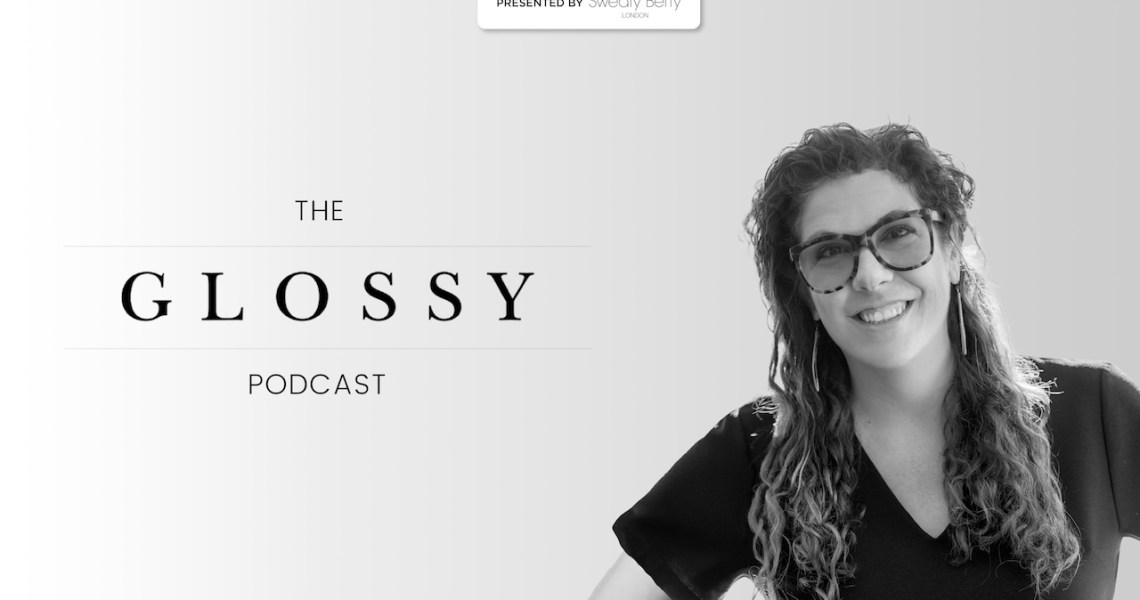Subscribe: iTunes | Stitcher | Google Play |Spotify
New York City’s Hudson Yards neighborhood, which centers on a seven-floor shopping center, opened in March of this year, but mall veteran Stacey Feder has been working on the project since 2014. And prior, through marketing roles at NYC’s South Street Seaport and Columbus Circle, she’d prepared for the project for nearly 20 years.
“I love great places. My perspective has always been, ‘How do I make the experience great for everyone?” said Feder. “That prepared me. I now have a tool kit to help me be ready for a lot of the things that are quite unusual and to look at the whole spectrum of opportunity in a different way. I look at Hudson Yards as a unique opportunity where all kinds of people can have a great time.”
On this week’s episode of the Glossy Podcast, Hilary Milnes sits down with Hudson Yards’ chief marketing officer, Stacey Feder, to discuss the planning process that went into building and marketing the new development, the way Hudson Yards works with retailers and the evolving meaning of “experiential.” Edited highlights below.
Navigating the future of experiential retail:
“Originally, all of a sudden, integrated marketing was this buzzword of omnichannel, and then omnichannel led to this buzzword of experiential marketing. Now we’re at this place where everyone has fatigue from these trends in marketing that feel not all that unique. I go back to this idea of thinking about the customer holistically and their life: You have an opportunity for them to meet your brand and deliver something really special for them, whether that’s on their social media feeds, in your store, on your bags, in your service protocol, in the way you clientele and in the product you present. You have to think about it all together, because your customer is choosing your brand to be affiliated with, and they’re looking at it holistically today, including your social responsibility and whether you’re purpose-driven. It’s a 360-degree view. If you’re not looking back as a 360-degree mirror, you have a challenge ahead of you.”
Taking a multi-pronged approach to collecting and using customer data:
“We’ve been taking a multi-pronged approach to data. We conduct customer surveys, asking people what they love, what they don’t, what they want here that they don’t have, how happy they are here — and we have a happiness index of one to 10, for love to hate. We go in and talk to the retailers: What are they seeing as trends? Are there more tourists? And we’re studying sentiment online and on social channels. We’re AB testing a lot, asking people what they think. One of the things we’re very aware of is that we have a lot of segmentation, just by the sheer location of the place. We have office workers, and before we opened, we asked them what they wanted. We’re still asking them: What do you want from this place? Of the public square experience? Of the retail experience? We also have residents. We talk to them and do a lot of surveying with them. And then you have the visitor who wants these one-of-a-kind experiences. We have a lot of interaction with them, asking them to hashtag or comment or talk to us. Finally, every day, our front-of-house service team creates an insights report, telling us what they’re seeing, what the feedback has been, what people are asking for. So you have all those things, and you just keep studying and optimizing to meet your customers’ needs over time. About 80% of Hudson Yards is traditional retail, but we’ve given ourselves some leeway from a marketing budget perspective and planning perspective to keep 20% to 30% experiential, so that we can react to what people are saying and respond to what they want that we didn’t think of.”
Ad position: web_incontent_pos1
Embracing the right kind of technology:
“It goes back to making people’s lives better. A lot of people want the shipping options — as simple as, ‘Can you get this home for me? I’m busy.’ That’s New Yorkers. And there are visitors coming off the High Line who want something shipped back to their hotel because they have a packed day in New York. That’s how people interact with New York; it’s a walking culture. So it’s, ‘Just get it home for me.’ It’s a simple solution, and the stores doing it are seeing a lot of success. We’ve seen a lot of reaction to on-demand services, answering things like, ‘Can I swing in and get a quick lunch?’ So, where technology is saving you time and energy, that’s where it’s working. What we’ve decided to do is to see how people interact with technology over the first couple of months. As we see those strengths come through, we’re going to meet those needs, as well.”




